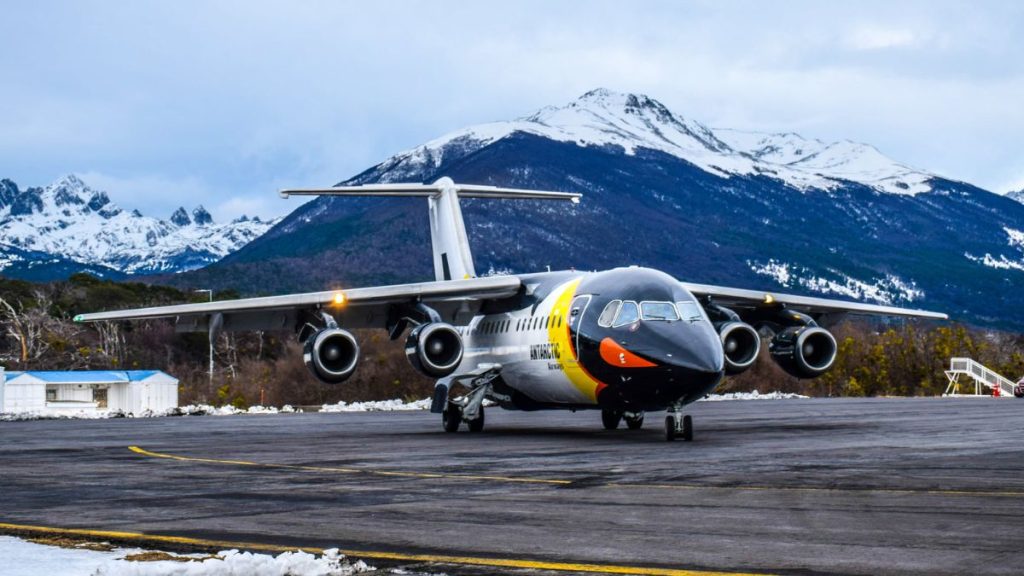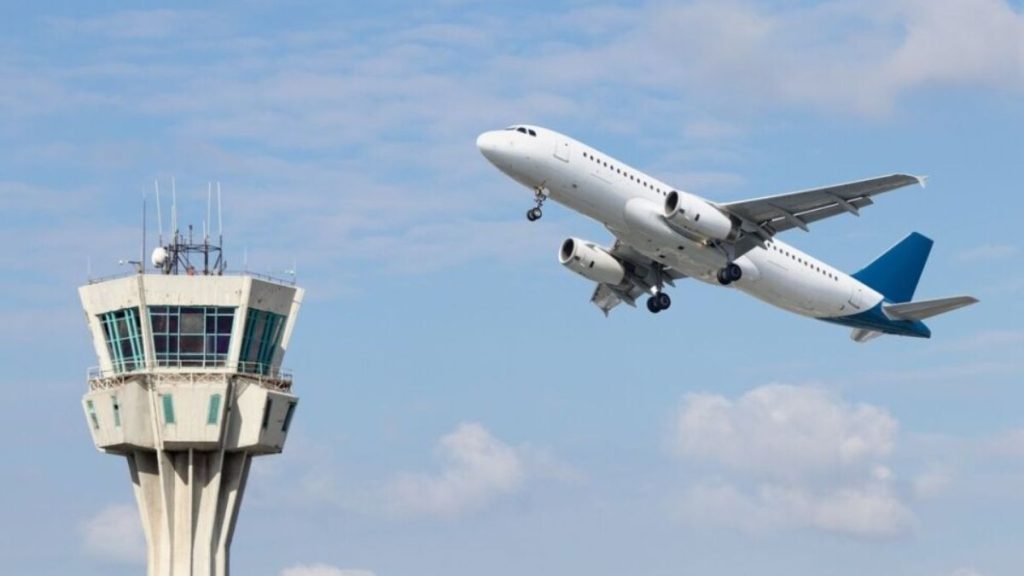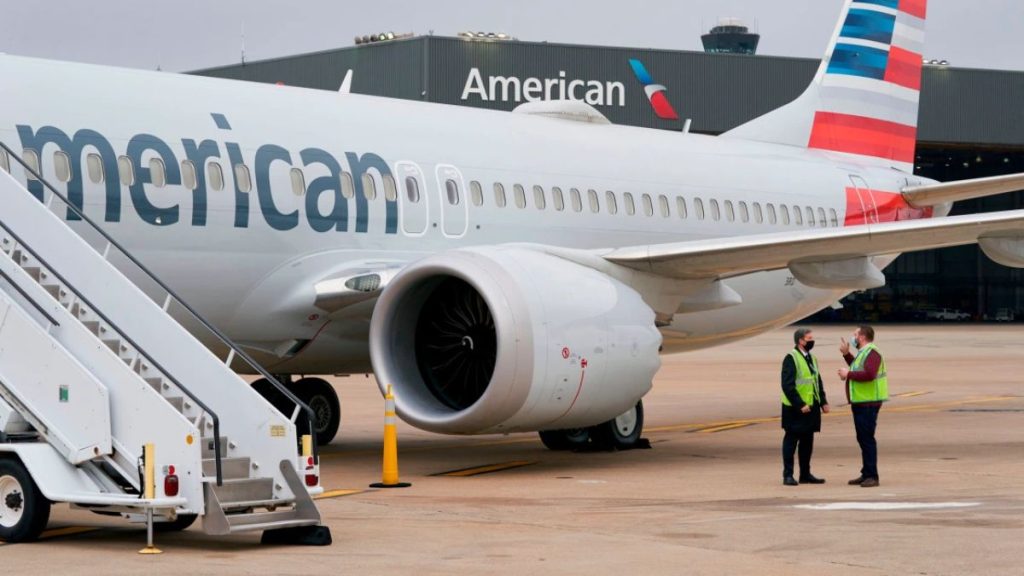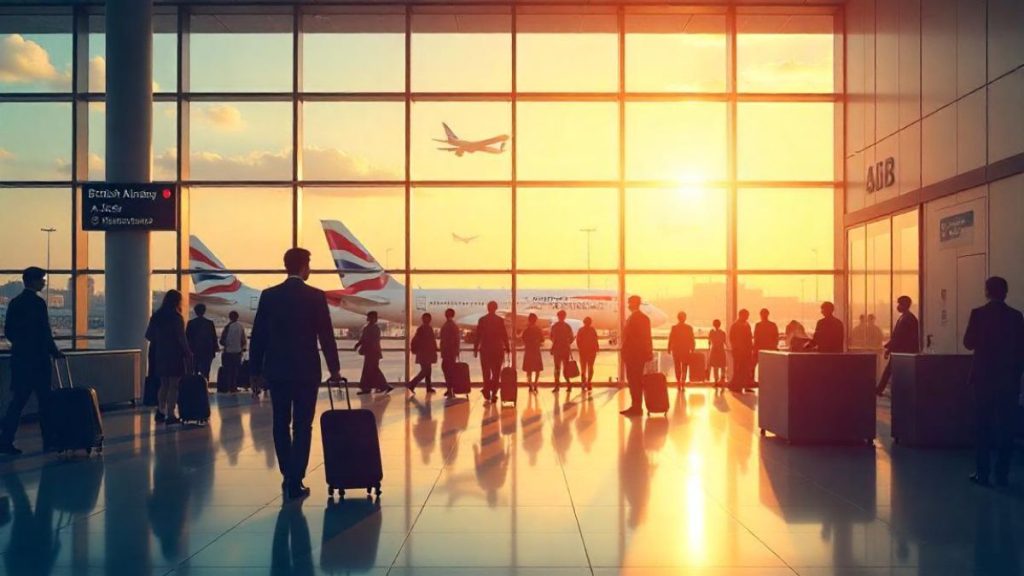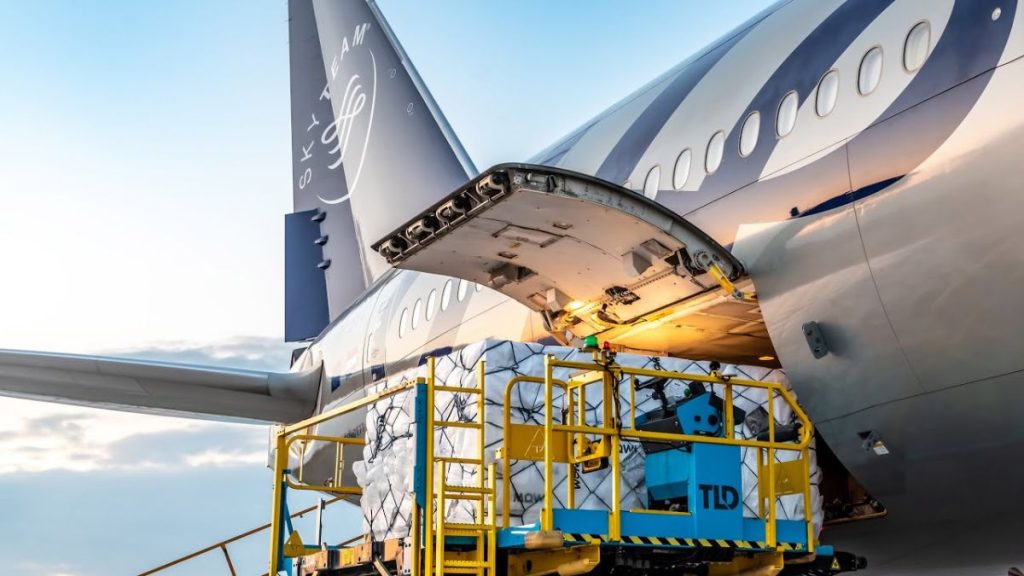On September 24, 2025 American Airlines faced one of its most significant operational meltdowns in recent years. A widespread technical issue crippled its systems, forcing 71 cancellations and delaying 1,253 flights across the United States, Europe, and beyond.
The disruption left thousands of passengers stranded at airports including Dallas, Miami, and Philadelphia, while international routes to the UK, Germany, Canada, and Mexico were also heavily impacted.
Technical Issue Causes Widespread Flight Chaos
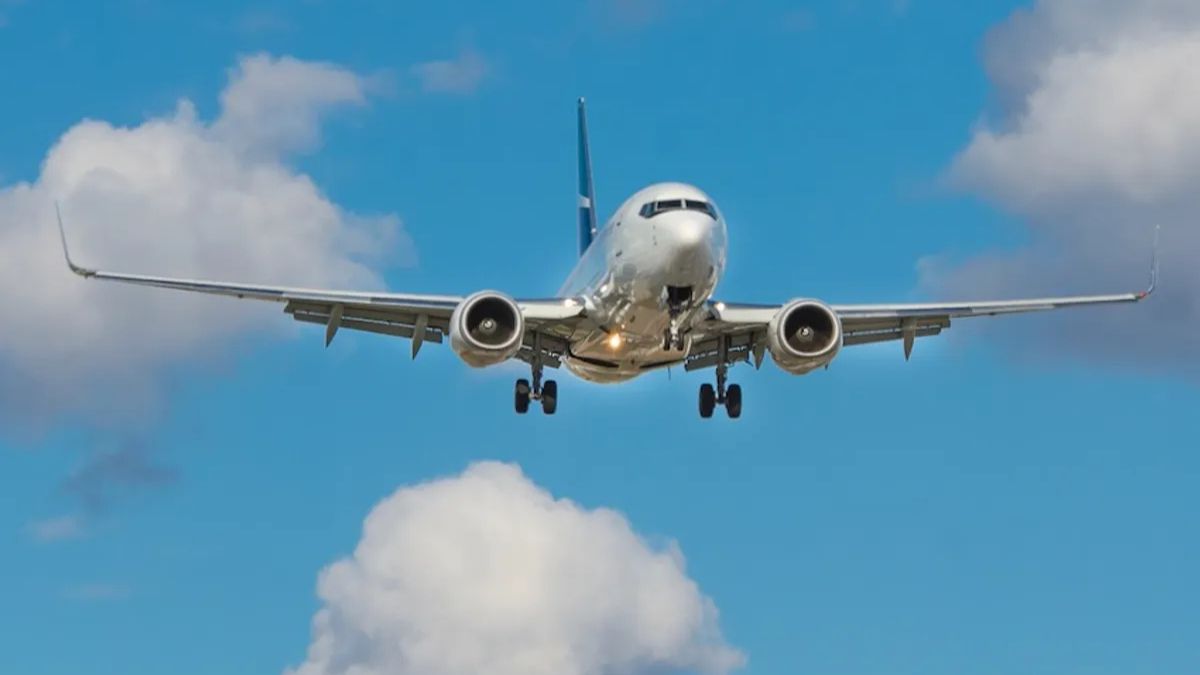
According to the airline, the issue originated in its maintenance applications, which are critical for preparing aircraft for departures. Without access to these systems, crews had to rely on alternative procedures, slowing operations across the network.
While no immediate cancellations were announced at the beginning of the disruption, the ripple effects quickly mounted, with delays stretching for hours at multiple airports.
Major Airports Hit the Hardest
The largest impact was felt at Dallas/Fort Worth International Airport (DFW), where:
- 405 flights were delayed
- 38 flights were canceled
Miami International Airport (MIA) and Philadelphia International Airport (PHL) also saw significant disruptions, with passengers reporting long waits and chaotic boarding processes.
Internationally, flights between U.S. hubs and destinations such as London Heathrow, Rome, Venice, Naples, and Nice were affected, highlighting the global scale of the glitch.
Passengers Stranded and Frustrated
Travelers quickly took to social media to voice their frustration. Many reported being stuck on aircraft for over two hours on the tarmac, while others described chaotic scenes at check-in counters.
One passenger in Miami wrote: “We’ve been sitting here for hours with no clear updates. Families with children are exhausted. This is unacceptable.”
American Airlines issued a statement apologising for the inconvenience and promised that rebooking and compensation options would be provided.
Examples of Affected Flights
Several key long-haul and domestic routes were disrupted:
- AA728: Philadelphia (PHL) → London Heathrow (LHR) – delayed, en route.
- AA715: Venice (VCE) → Philadelphia (PHL) – en route, delayed.
- AA781: Naples (NAP) → Philadelphia (PHL) – en route.
- AA110: Chicago O’Hare (ORD) → Rome (FCO) – en route.
- AA240: New York JFK → London Heathrow (LHR) – scheduled, potential delays expected.
- AA4338: Dallas (DFW) → Tucson (TUS) – en route with delays.
Dozens of domestic U.S. flights, particularly those out of Dallas and Miami, also faced major setbacks.
American Airlines’ Response
The airline confirmed that technical engineers were working urgently to resolve the failure and restore normal operations.
While the system was partially restored by the afternoon, the backlog of delayed flights meant disruptions carried into the evening, with many passengers rebooked onto flights the following day.
American Airlines advised travelers to check the FlightAware tracker or its official website for the latest updates before heading to airports.
United Airlines Remained Unaffected
Interestingly, rival United Airlines flights between the U.S. and Europe, including routes from New York and Chicago to London, Frankfurt, Munich, and Zurich, departed on time.
This contrast highlighted how the glitch was isolated to American Airlines’ systems, rather than a broader industry issue.
Broader Impact on Global Travel
Experts say the disruption underscores the fragility of modern aviation systems, where even a single technical breakdown can ripple across domestic and international networks.
With many U.S. airlines already running at tight capacity, the 71 cancellations and over 1,200 delays left a significant dent in schedules. Business travelers, holidaymakers, and connecting passengers across continents were all affected.
Looking Ahead
American Airlines has pledged to investigate the root cause of the glitch and take steps to prevent similar disruptions in the future. However, for passengers stranded on September 24, the focus was on rebooking, compensation, and getting to their destinations as soon as possible.
This latest incident will likely reignite debates about airline system resilience, the importance of backup infrastructure, and the passenger rights framework in cases of widespread disruptions.
FAQs on the American Airlines Disruption
1. What caused the American Airlines disruption on September 24, 2025?
The disruption was caused by a technical issue in the airline’s maintenance applications, which slowed flight preparation and departure processes.
2. How many flights were affected?
In total, 71 flights were canceled and 1,253 were delayed, impacting thousands of passengers across U.S. and international routes.
3. Which airports were worst affected?
The largest impact was at Dallas/Fort Worth (DFW), followed by Miami (MIA) and Philadelphia (PHL). International flights to and from London, Rome, Venice, Naples, and Nice were also disrupted.
4. Did passengers receive rebooking options?
Yes. American Airlines offered rebooking and compensation, encouraging travelers to check flight status updates online and via FlightAware.
5. Were other airlines affected?
No. United Airlines and other carriers operated normally, confirming that the issue was isolated to American Airlines’ systems.









